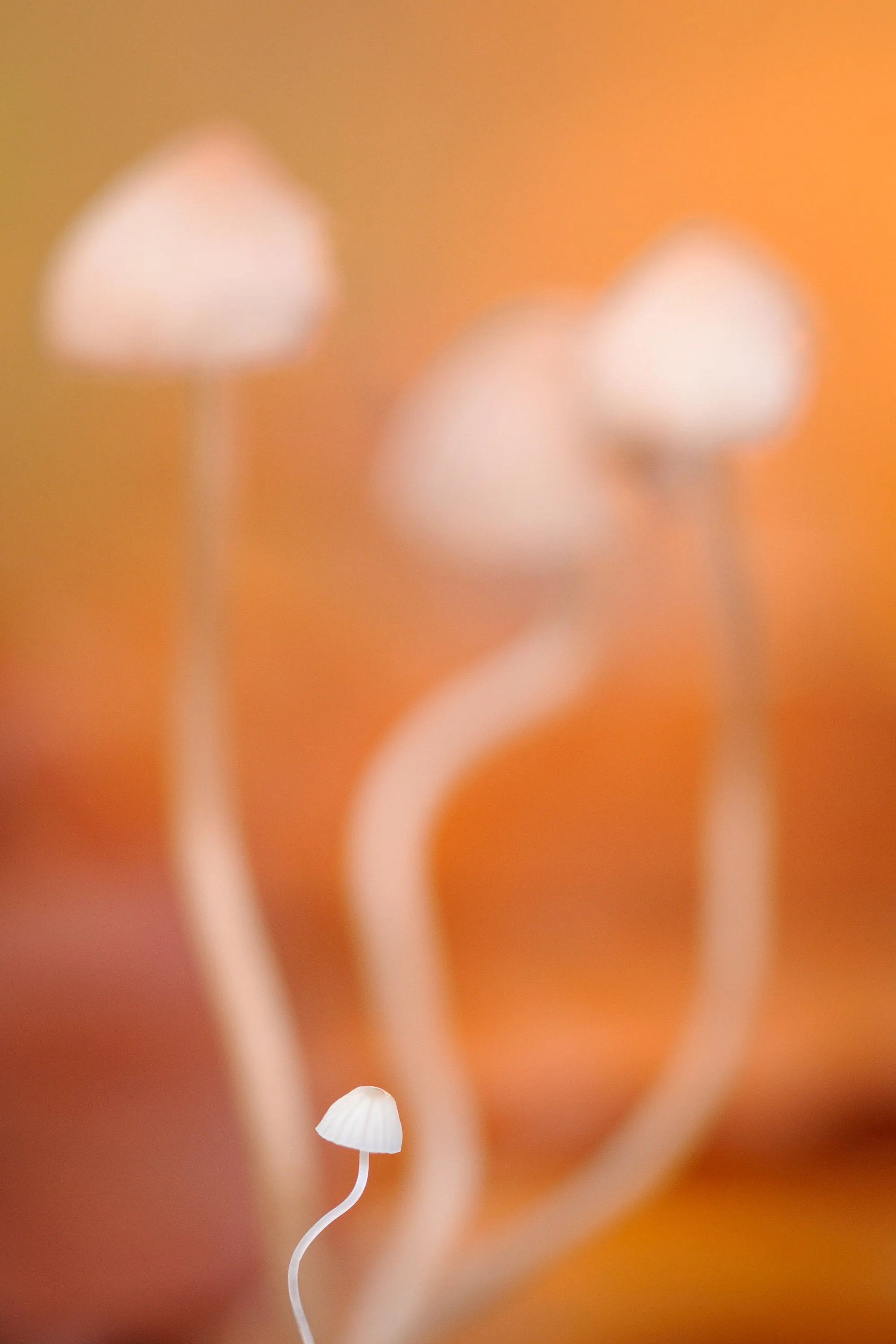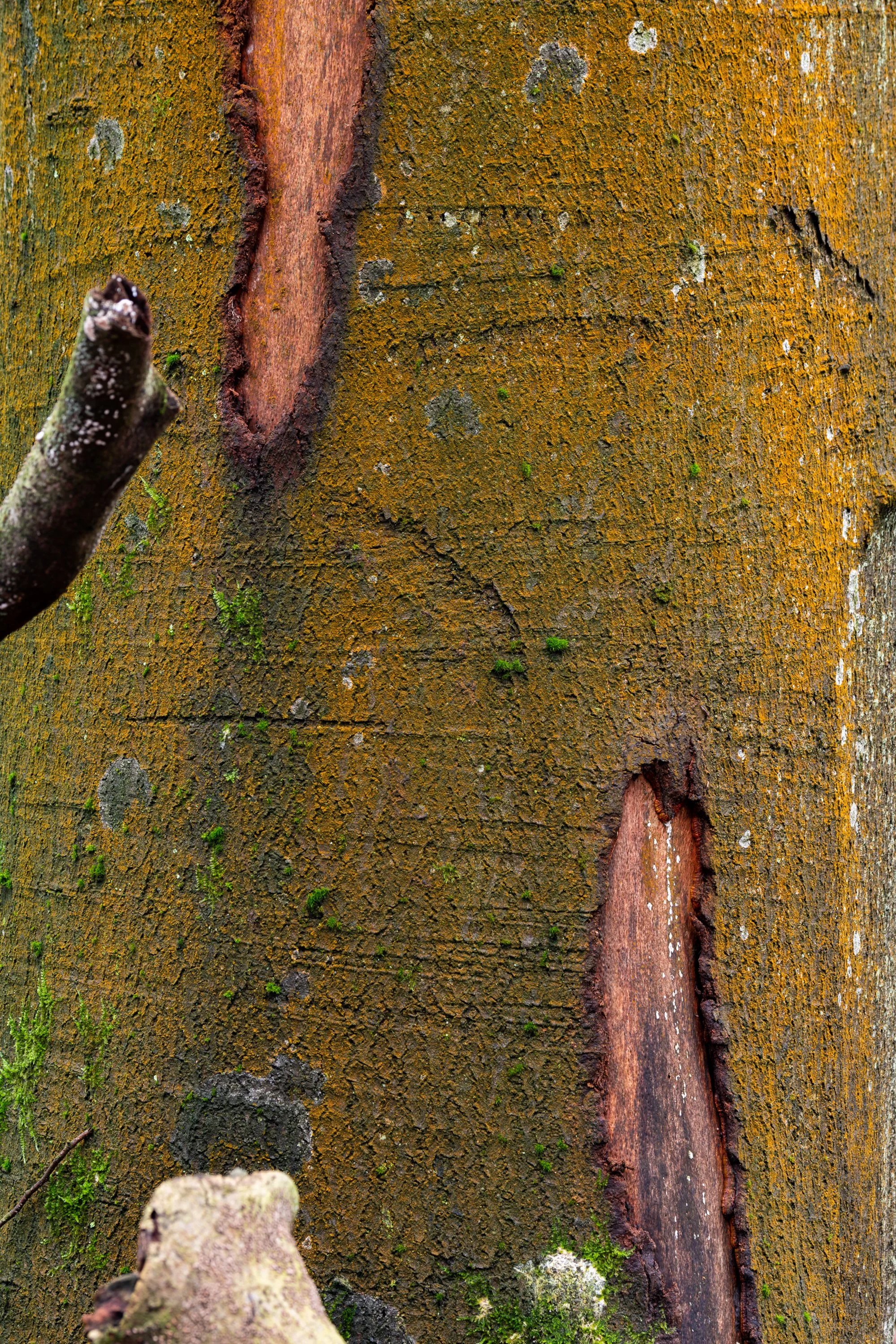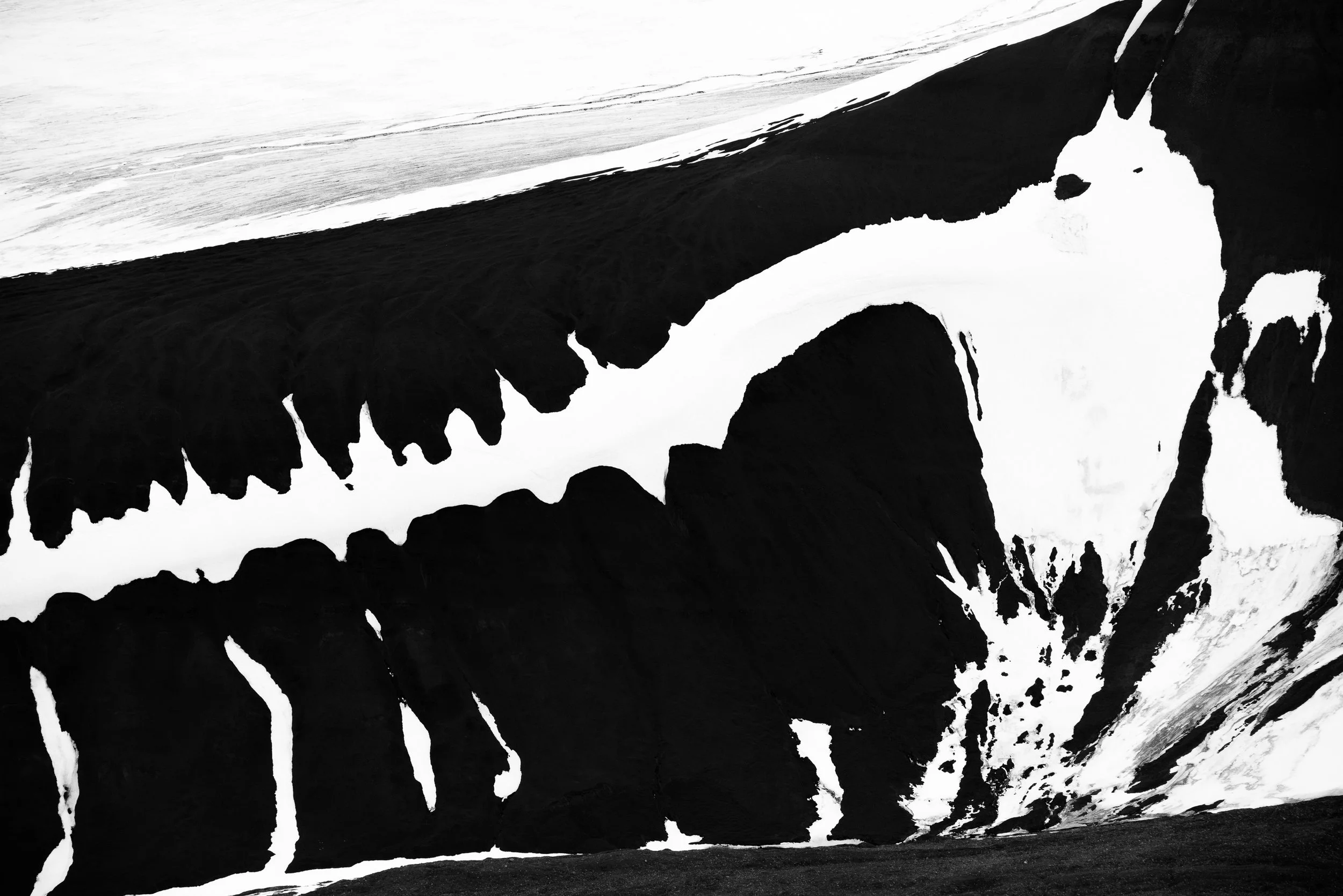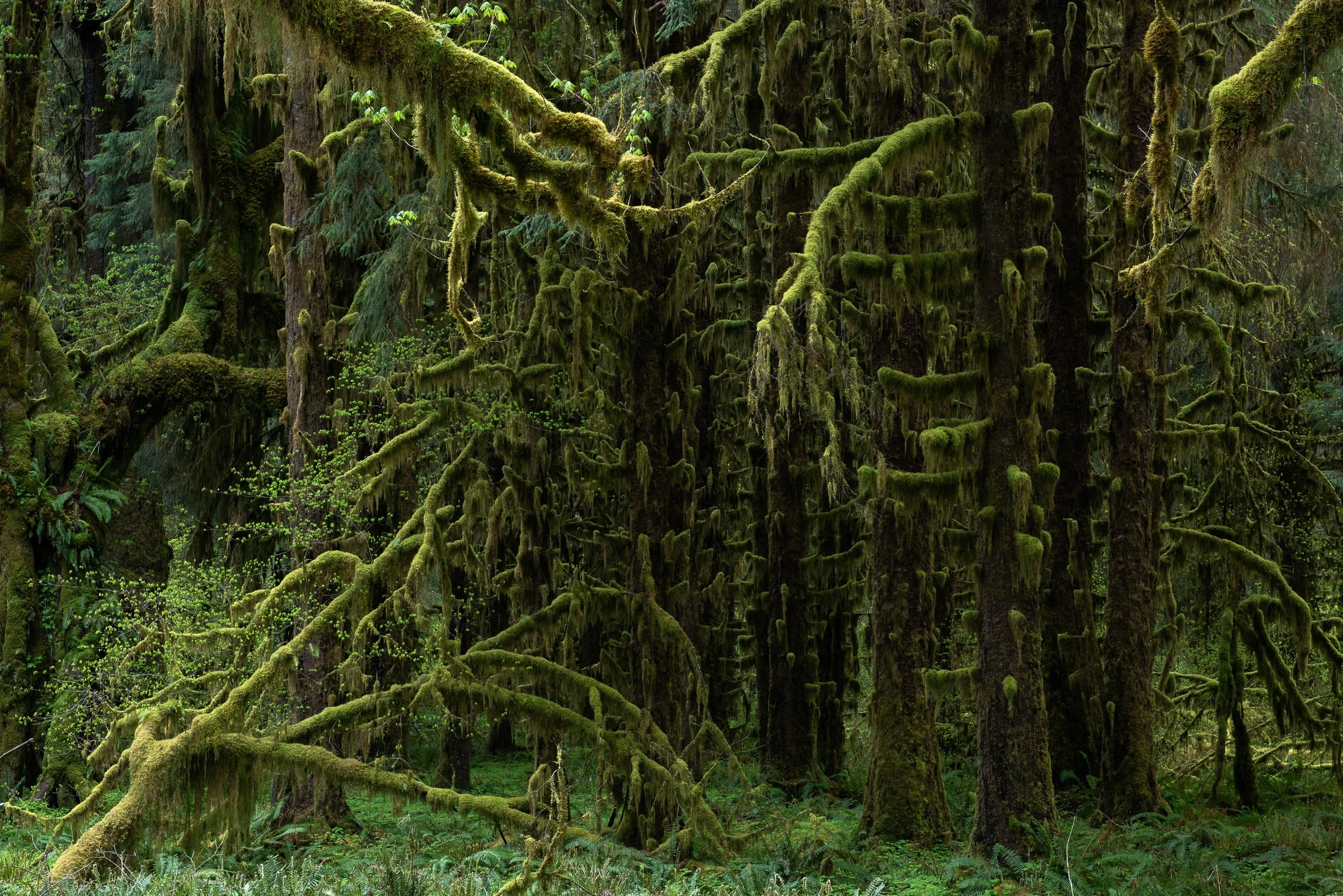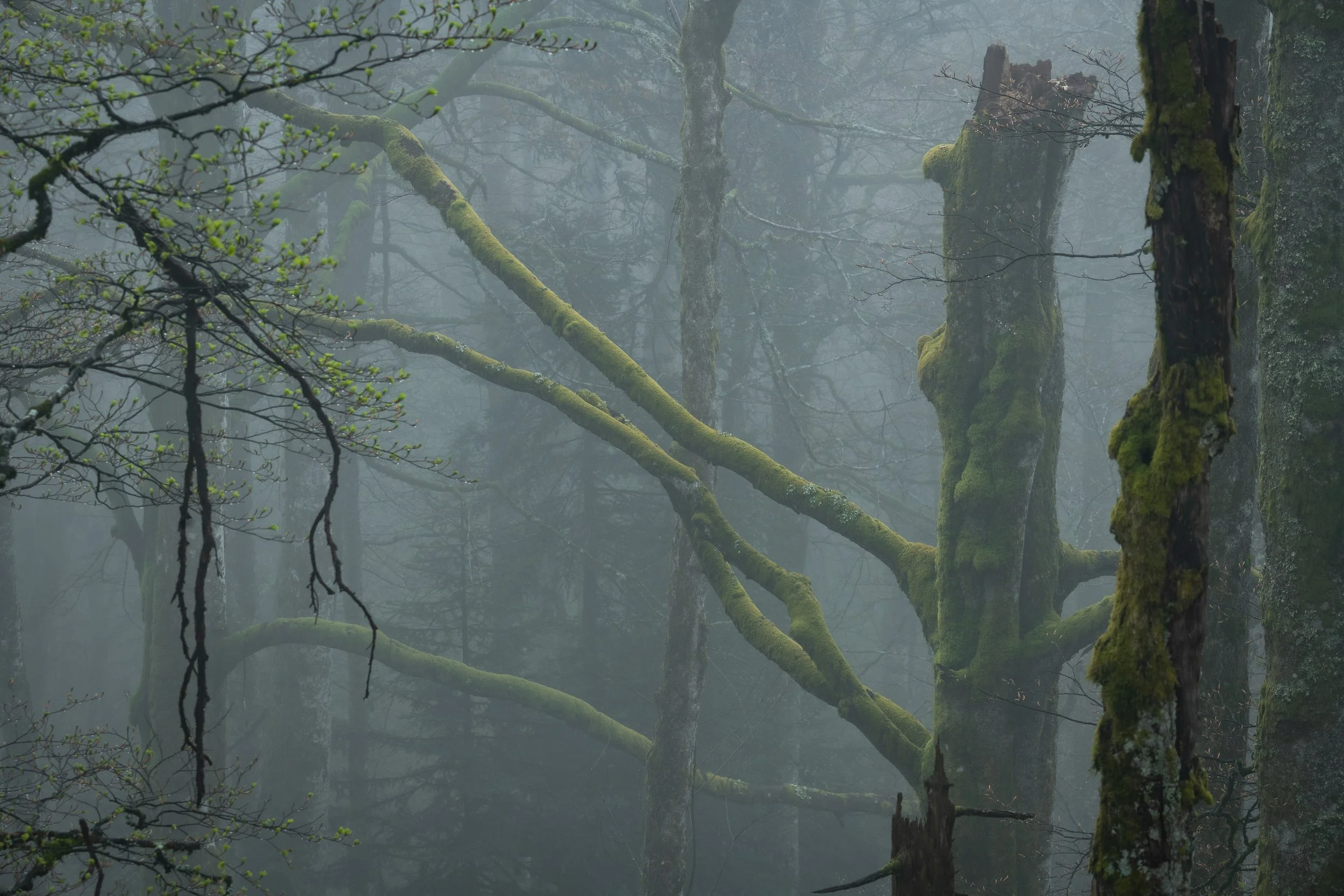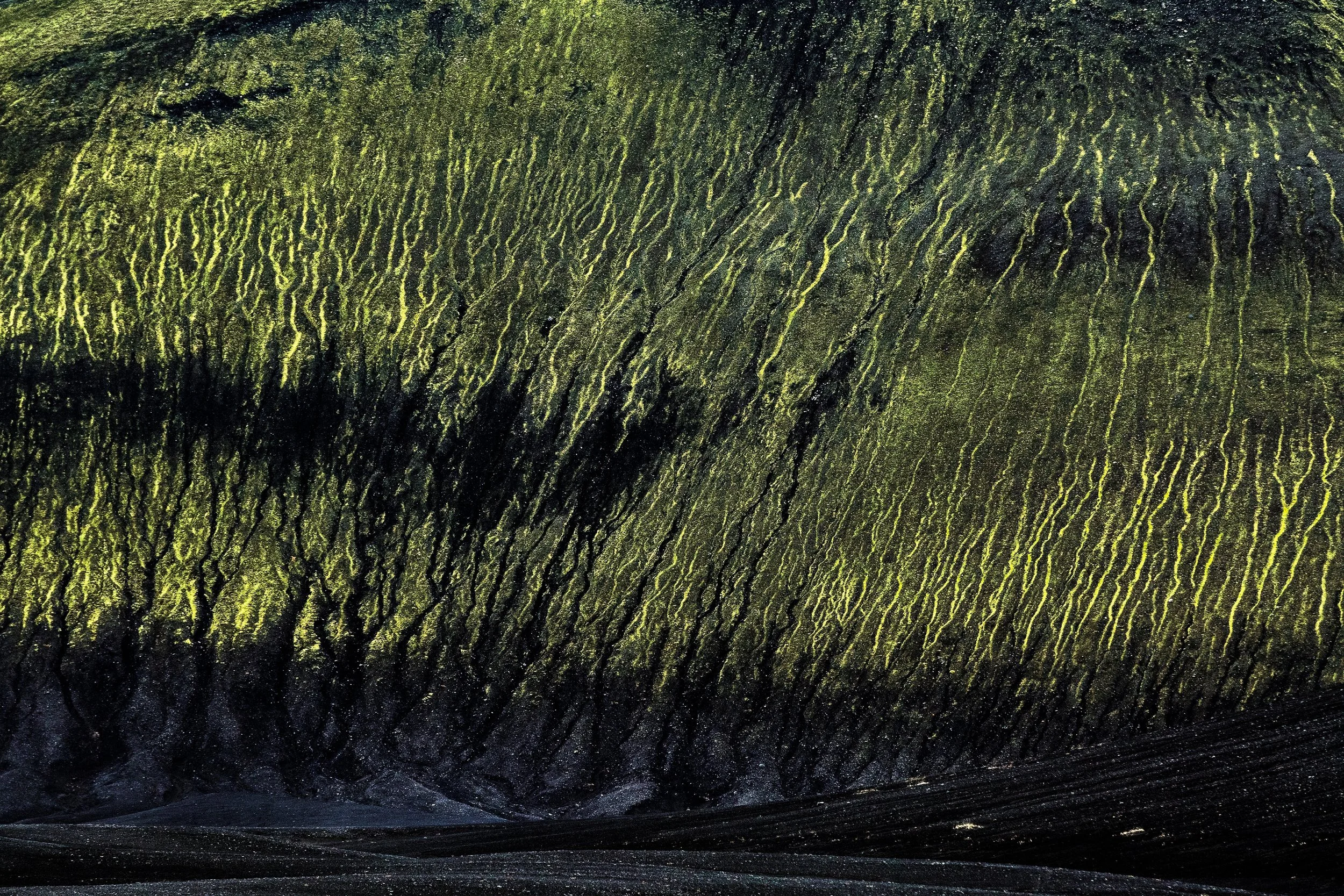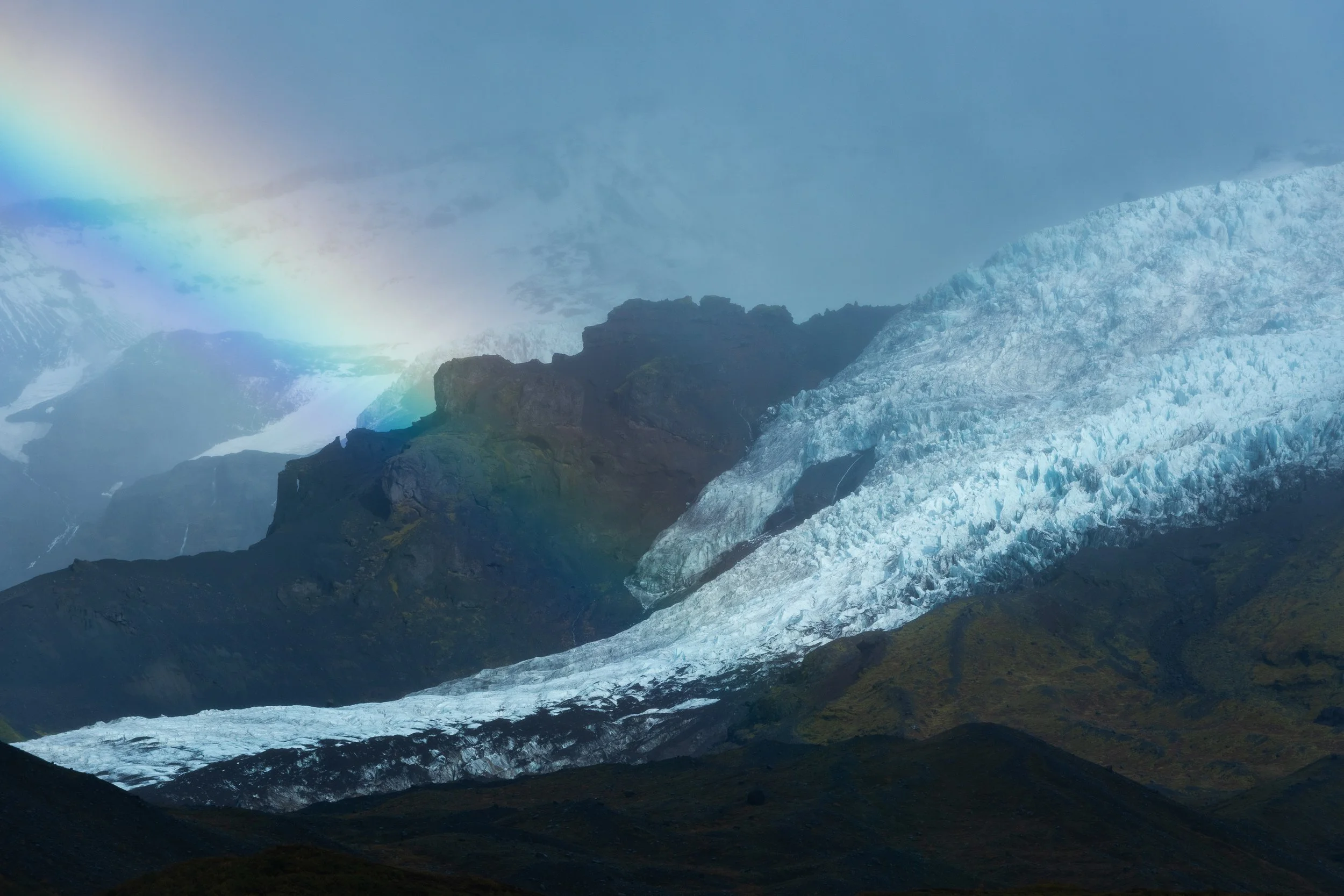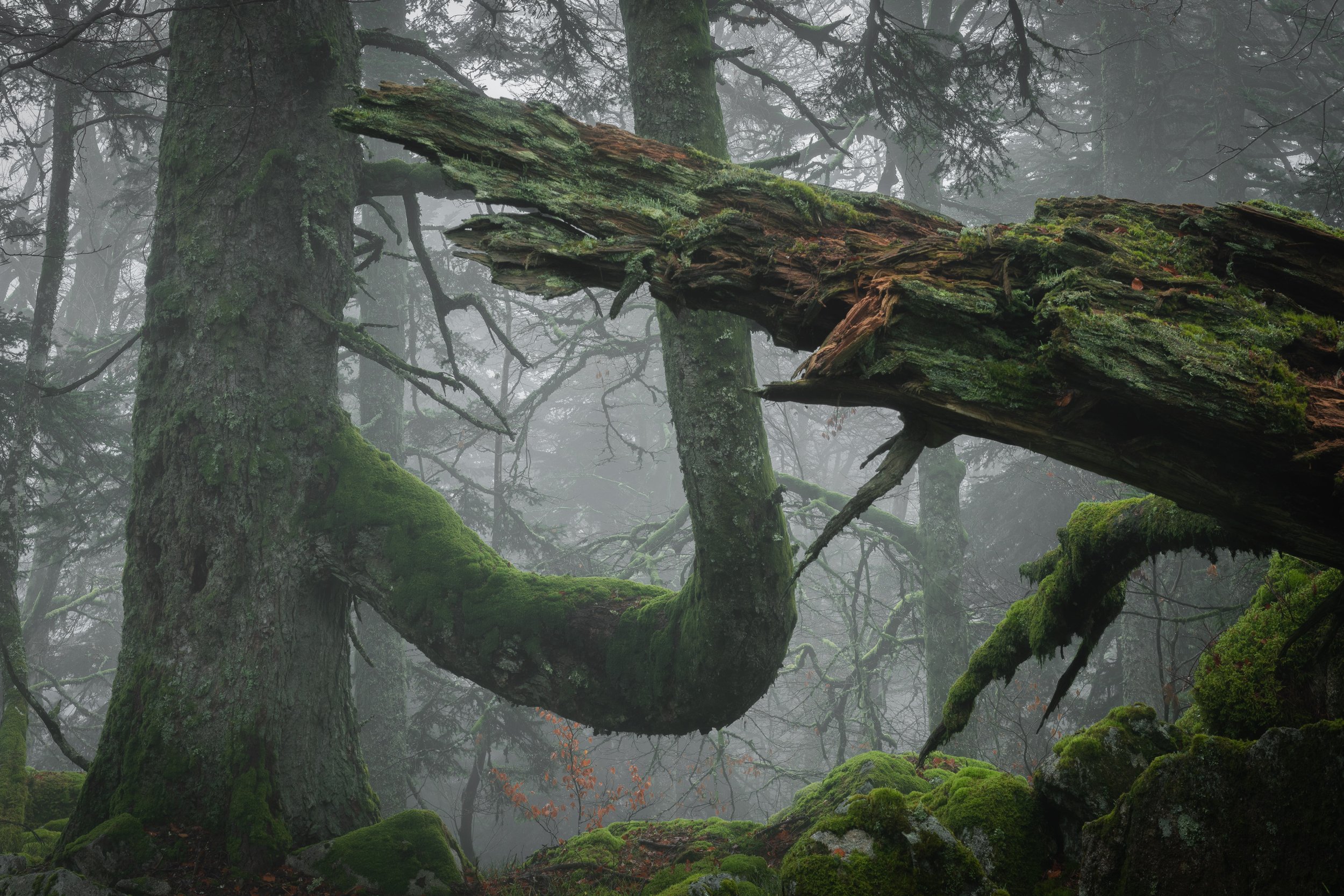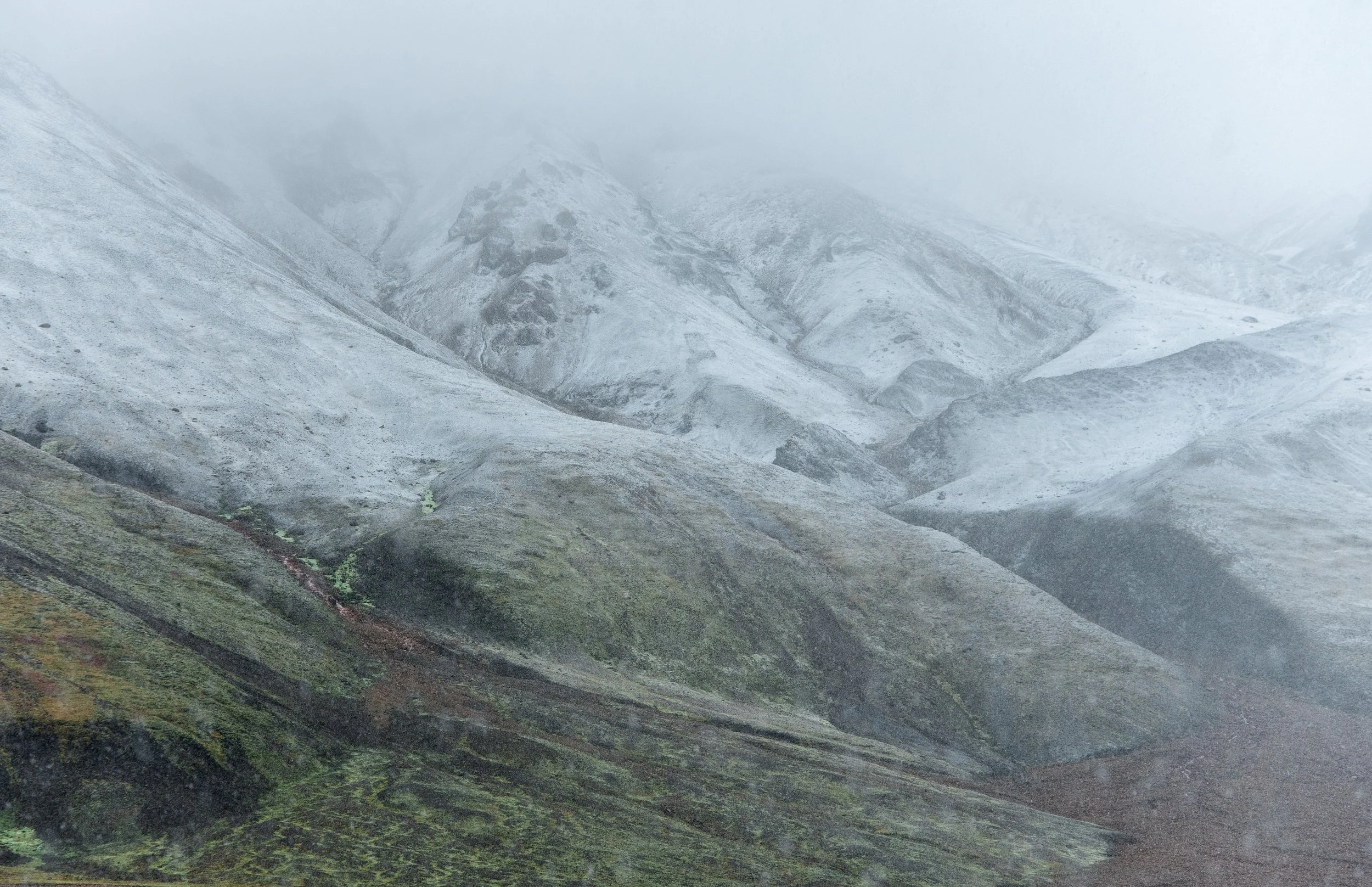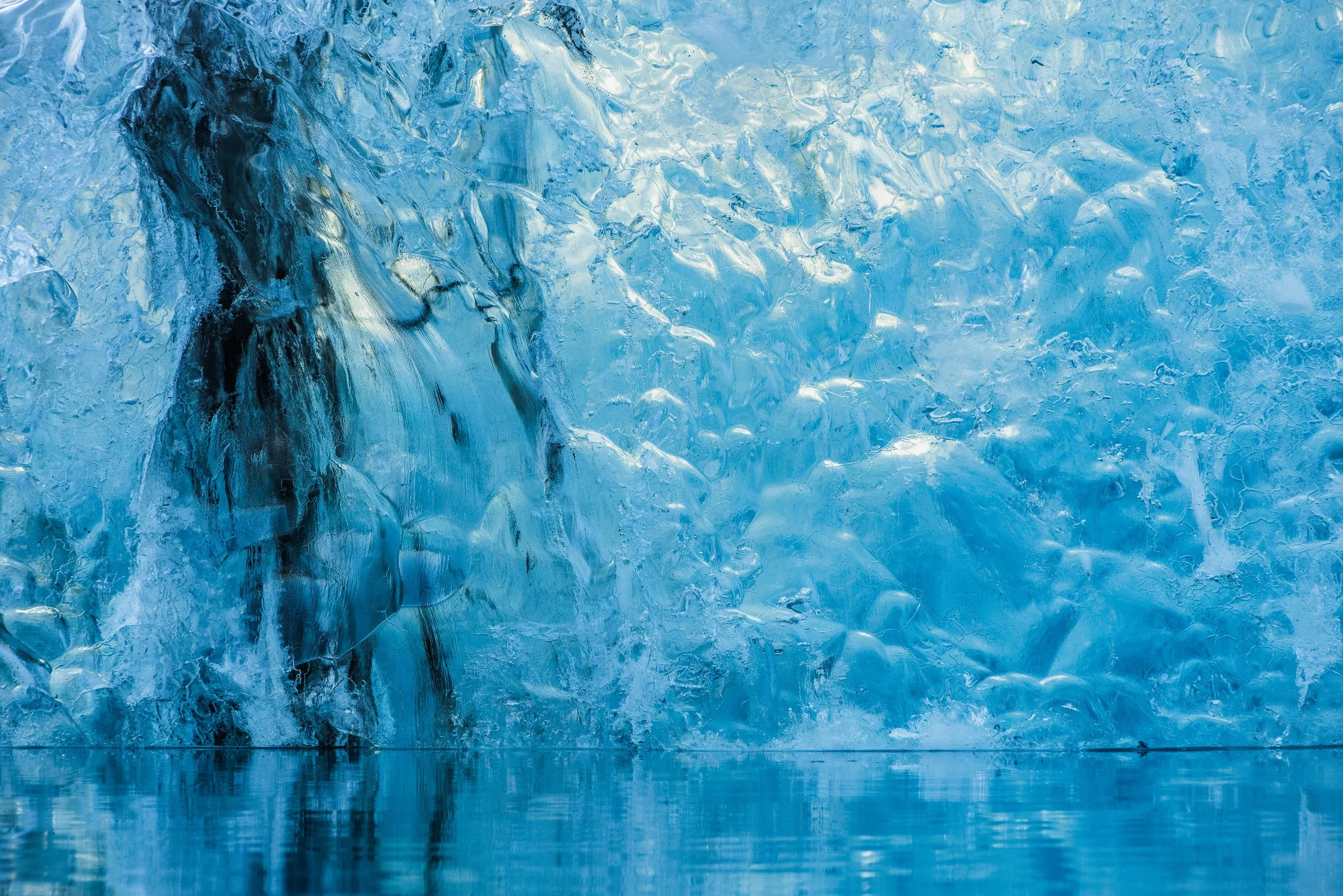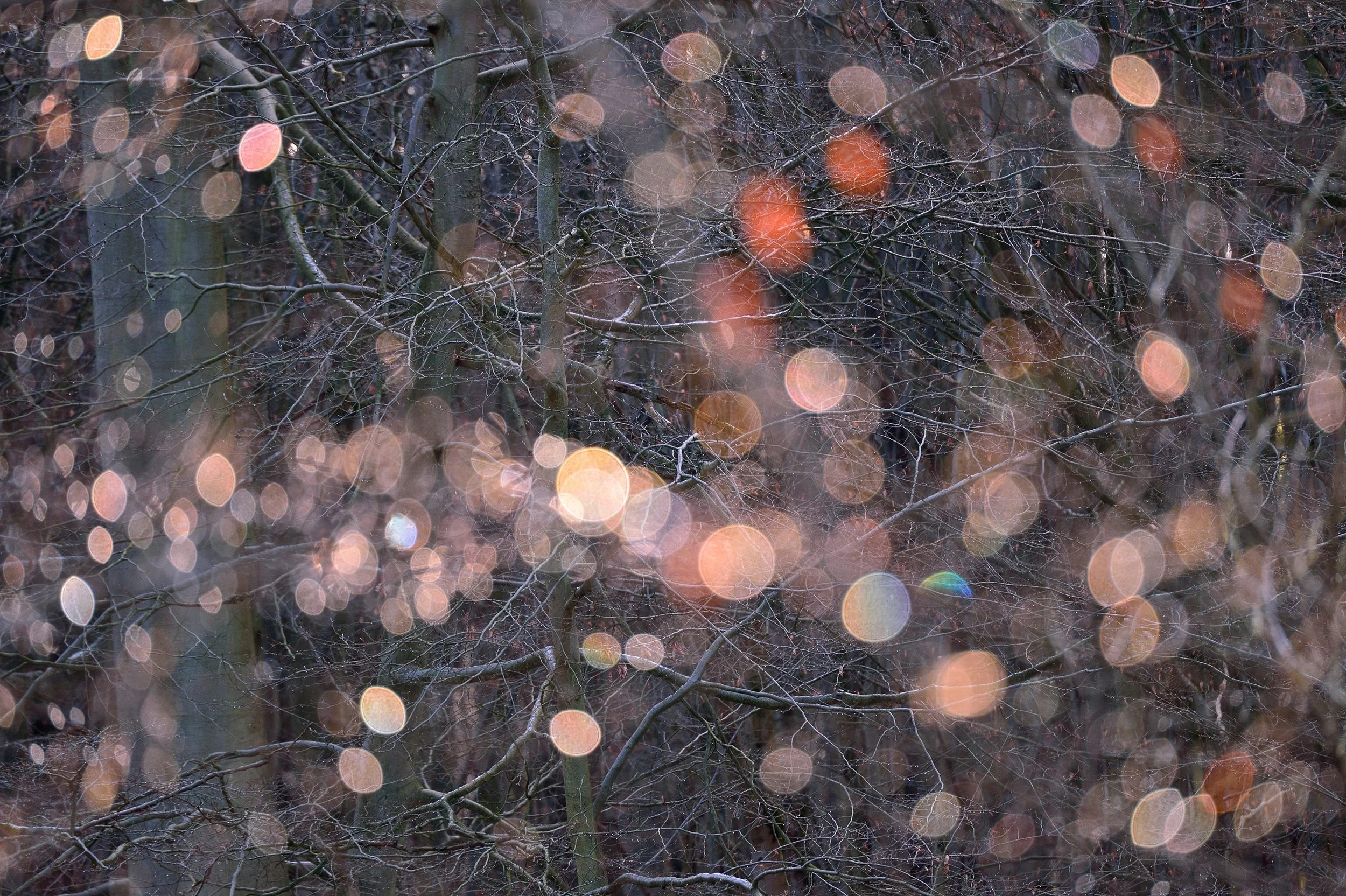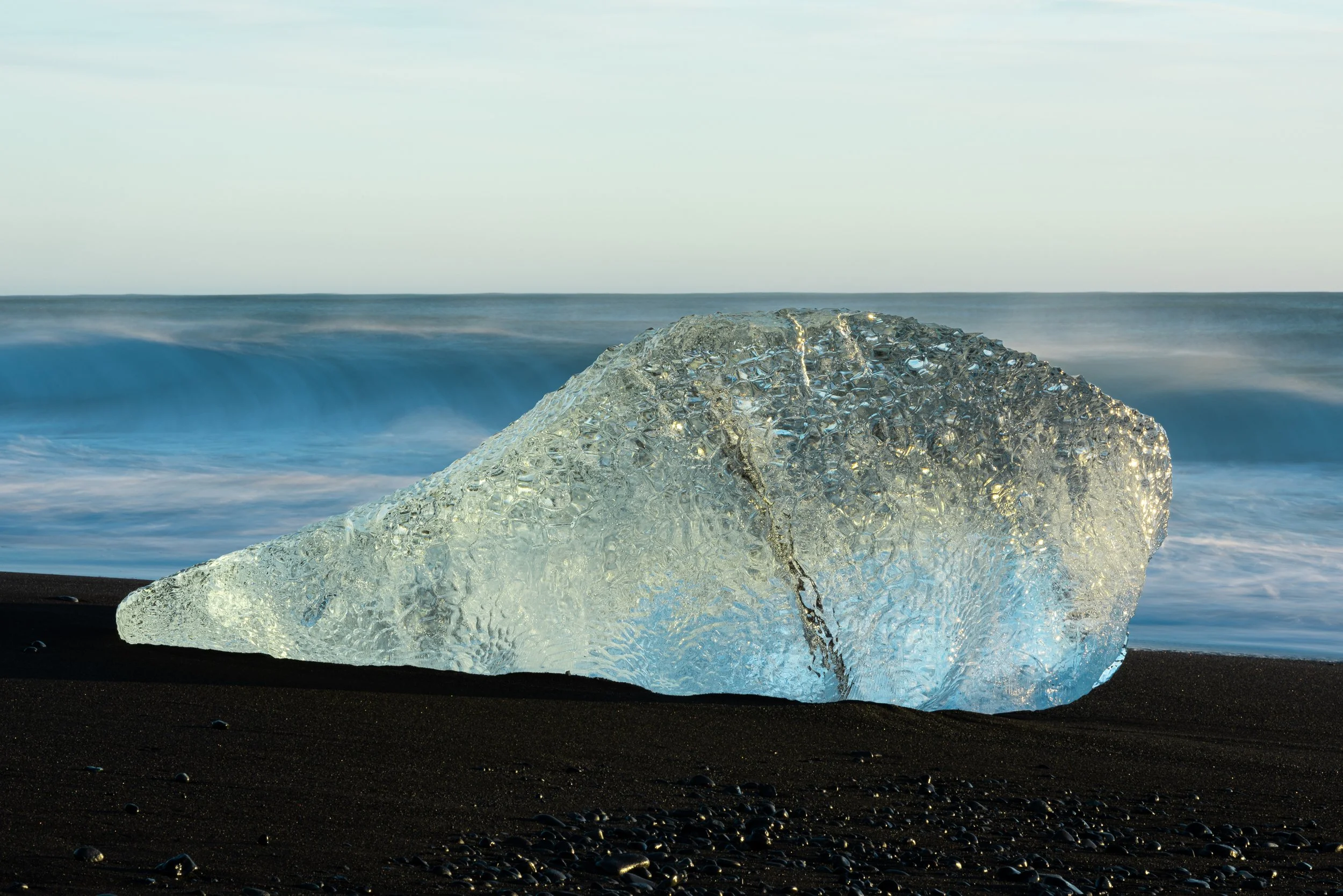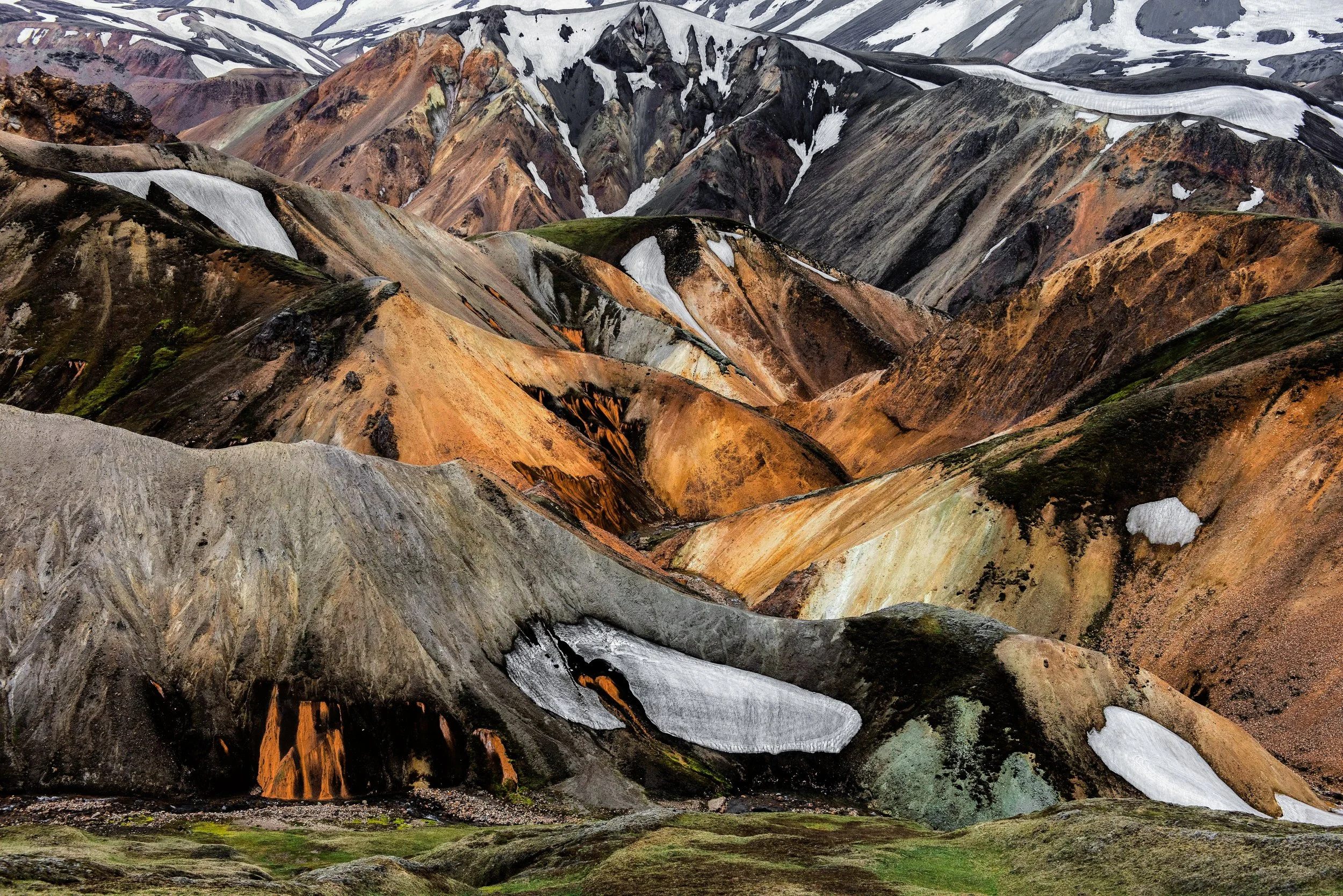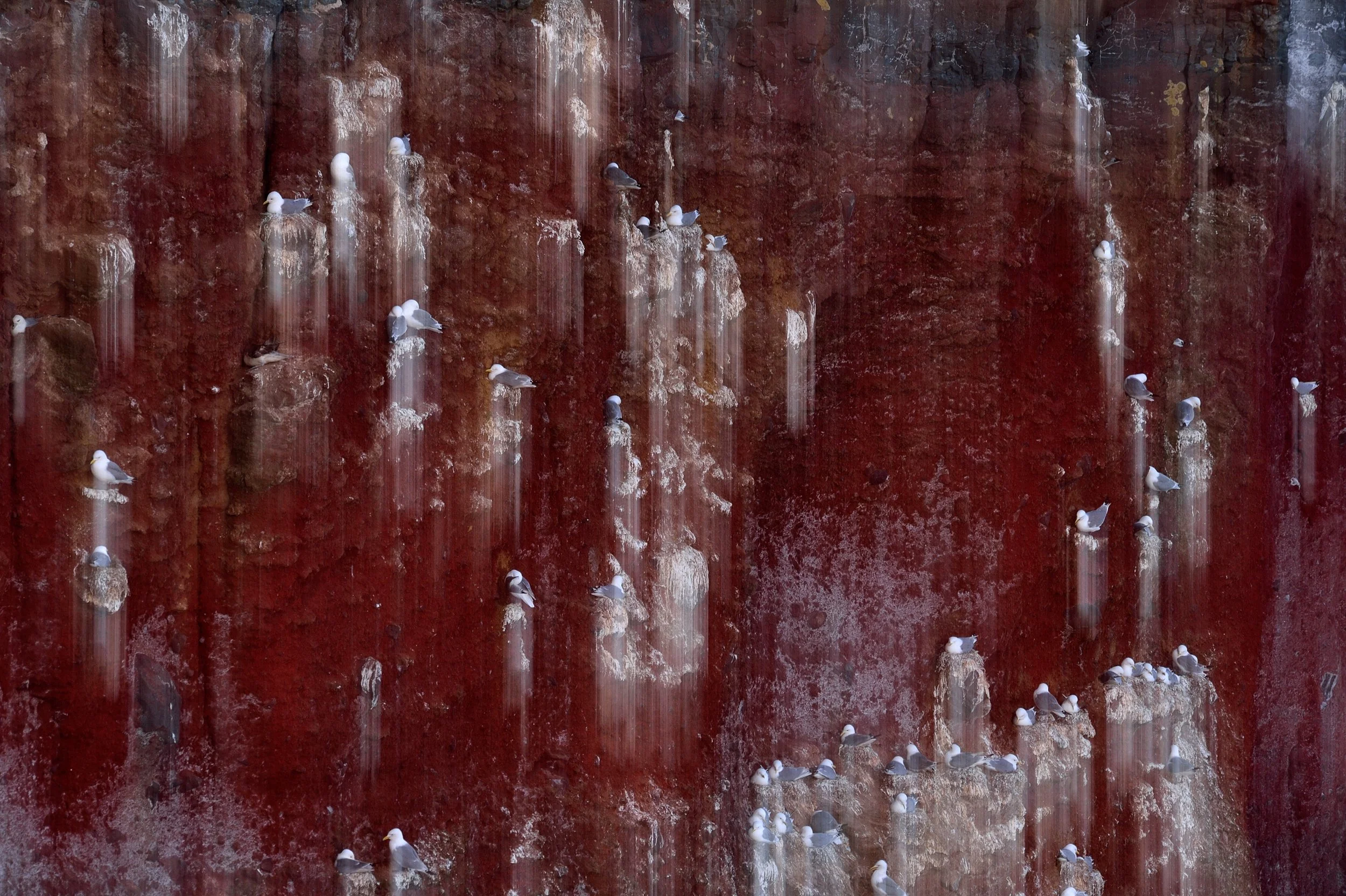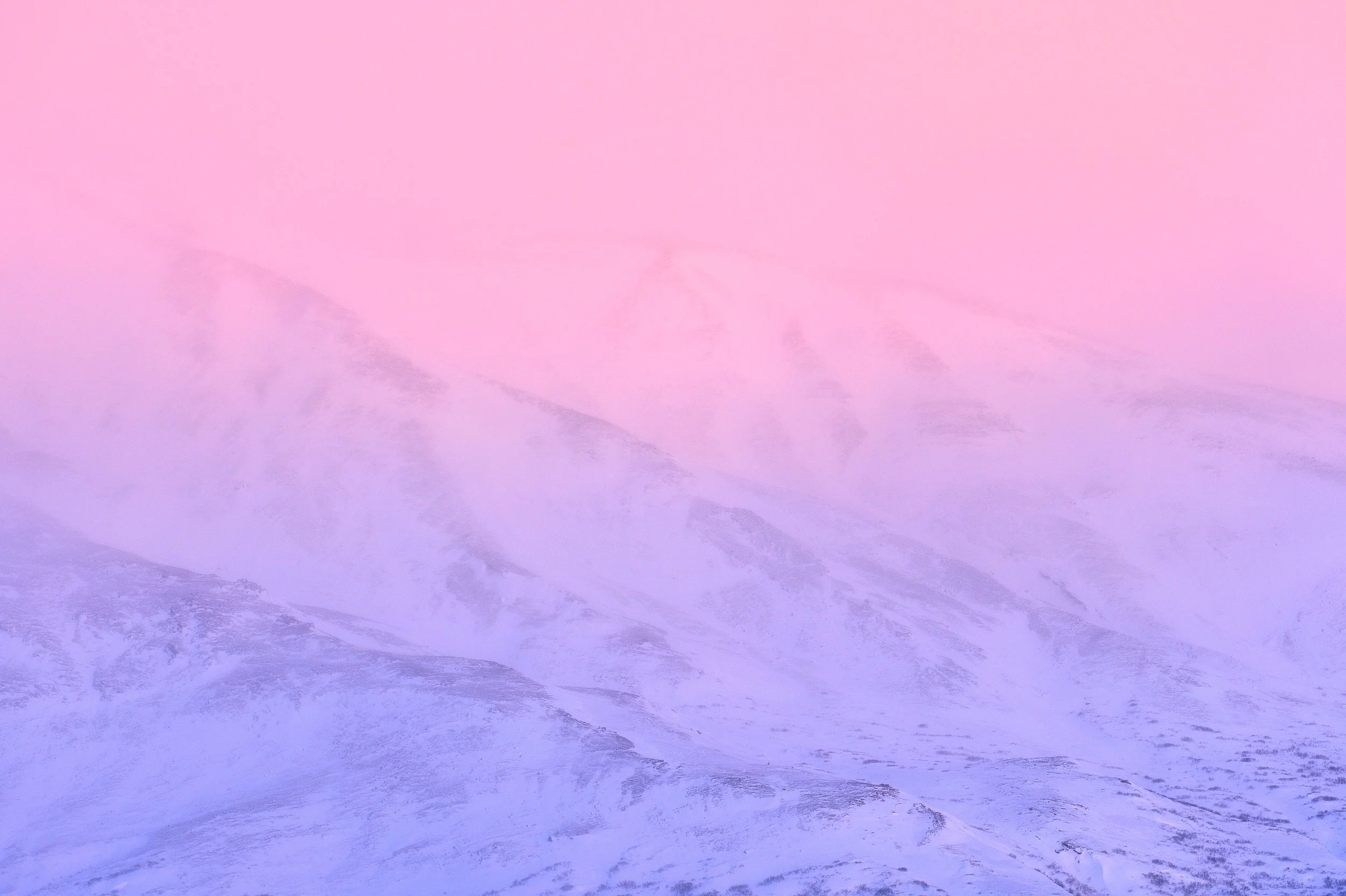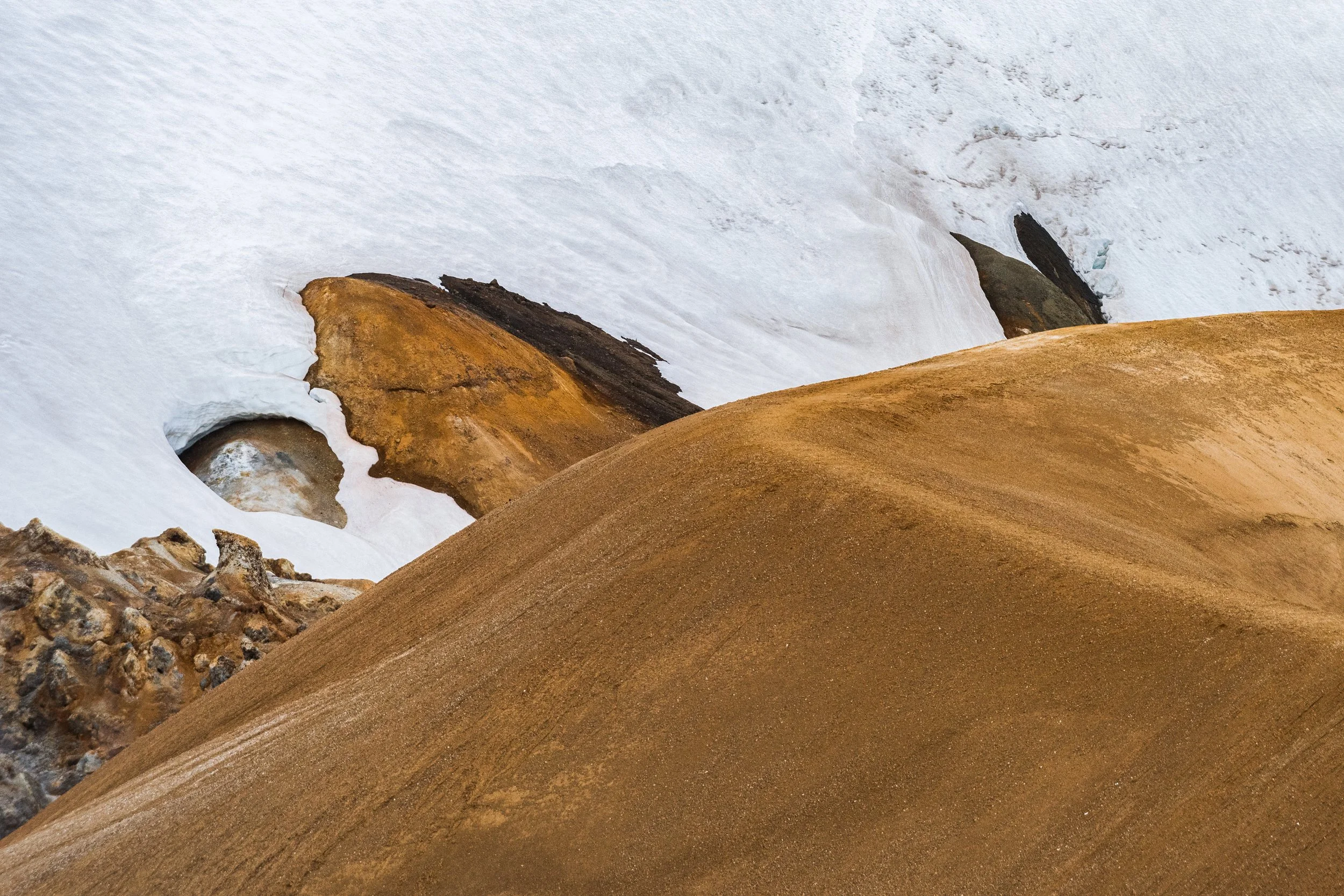Interview with Frédéric Demeuse
Born in Belgium in 1978, Frédéric Demeuse is a naturalist and ornithologist by training. He lives and works in Brussels.
As naturalist and visual storyteller, he is both witness and interpreter of all the diversity of this so precious and unique planet we all share.
Author of several books, his work has won awards in the most prestigious international competitions, including a first prize at the BBC Wildlife Photographer of the year. His work is regularly exhibited in Belgium, France and abroad.
Can you tell us about the moment you decided to pursue a career as an artist?
It has been a long process since I started with macro and wildlife photography. No specific decision then, but rather a continuity in a broader artistic approach which was self-evident, as a primary need.
Obviously, artistic expression has always been a need for us humans from the most ancient times and the first paintings in the caves of Paleolithic.
Otherwise, having an art historian mother, I was immersed from a very young age in the artistic universe and particularly that of painting. It certainly has had a huge impact on me.
What kind of an artist do you ultimately see yourself?
If being an artist is to dedicate yourself fully to the expression of beauty, then I fully embrace this definition.
Regarding my artistic approach, I have always been attracted by this aspect that the photography allows as a creative tool. The photograph defines a framework, the basis of any proposition and interpretation.
What do you want your art to convey to the people who see it? What is the meaning or creative motivation behind your work?
I am strongly convinced than art in photography has the potential to change the world, could re-invent it. By showing directions, lines of thought.
Today, without necessarily admitting it, we suffer from physical and psychological disorders linked to this lack of nature that weighs on us. The disconnection with it, accompanied by a deep disconnection with ourselves, could well be the major source of our problems. It is more important than ever to commit, to learn, to be informed, to be responsible, to keep in mind the brevity of life, to try to achieve your dreams or deliver your message with the means of expression that suits you and if you feel the need. There is nothing more dangerous than having only negative images of our future. The games are not yet completely done, we still have a lot of possibilities to pull ourselves together. And artists, be they painters, poets, writers, visual artists, sculptors, photographers, who sincerely attempt to celebrate beauty wherever it is found, will be needed more than ever. Even more so in a world of eco-anxiety where the proportion of urban citizens keeps increasing.
Drawing my inspiration from the outdoors, I seek meaningful interpretations through photographs which, in an artistically powerful way, transcend the commonplace, reflect deeper insights, and excite the viewer’s aesthetic curiosity. And my mission as a photographer and a privileged witness, is to transcribe as best as possible the emotions I felt on the field, and to bring a little of this lost serenity to the people who would have to watch them.
My artwork is also inspired by thoughts around how I can contribute to make a great future for my daughter and the next generation to come, about devoting oneself to one's passion and one's art daily, taking the time to observe, by forcing to slow down in this hectic society, and to cherish all the beauties and subtleties that are offered to my gaze.
Ultimately, these images, combinations of living dreams and pure curiosity, give hope that mankind will never forget that our relationship with the biosphere is the most valuable element of our being and of our community of destiny.
Can you tell us about the process you use to create your works? What is your typical workday routine?
I try to keep it as simple and spontaneous as possible, through my impressions and sensations of the moment. A huge part of the creative process is when it comes to choose and edit your files in order to propose a coherent series. Which is a by far the most challenging part of the process. If the writer’s block syndrome is well known, the suffering of the photographer in the selection of his photos is rarely mentioned!
Photography is an integral part of my life, and it is often difficult to completely get rid of it. Over the years I see and think constantly in terms of photography. The decision not to take a photo is, in my opinion, part of the inherent process of a life dedicated to the art of photography. I think more and more about relevance and interest before I push the release button. In fact, I can spend several days or weeks without feeling the need to take pictures related to my artistic approach. I then wait until the will or inspiration returns. The creative process is not daily for me, arising suddenly and periodically.
Where do you find inspiration? What motivates you to create?
Above all, everything outdoors is an artwork by itself and that’s probably what takes the most time to fully realize it.
Secular trees, ancient and old forests with limitless aesthetics, wetlands and reflections, icy and geological formations, encounters with wildlife and the living in all its form, attract me particularly. In the narrative of the gallery “Outdoors inspirations” of my website, I quote this citation of Mark Twain who could sum up my artistic approach: “Vision is probably the art of seeing invisible things”.
Nature stimulates my soul and my eye, from intimate to majestic landscapes and this is what I express through my photographs by revealing splendors and details that often go unnoticed. Through visual poetry, I want to raise human awareness of the benefit of nature and offer a respite in this era of eco-anxiety, to use this powerful and universal medium as a global voice to get attention and call for action.
I must admit that it is not at all obvious to find myself among all the different facets of my photographic activity, which may seem complementary but which I tend to consider as rather contradictory.
I’m not particularly looking to be an artist fully in line with the immediacy of his time and his issues and his concerns of the moment. This summer of 2022 I visited the Biennale of Contemporary Art in Venice as I was participating in a Contemporary art exhibition in this city, and it was with great pleasure that I saw how environmental issues in a world in full transition were taken up in the themes, as well as honoring of the indigenous tribes from whom we should draw inspiration from their wisdom and their philosophy in the search of a new path.
What has been your most outstanding achievement to date?
I am proud to have persevered in this difficult path, to have been able to listen and follow my intuition. I thus had the opportunity to carry out projects for books and exhibitions that were particularly close to my heart.
But in recent years it has not been my priority to exhibit at festivals and galleries for many reasons. I find a lot of satisfaction in my activity related to a concept I set up, WALD (https://www.wald-design.com) for which I propose my images of forests, landscapes and idealized nature designed for work environments and hospitals in large format prints on stretched canvas in particular. The images specifically taken and thought for this concept have a therapeutic purpose and are intended for very large formats with the best possible sharpness and resolution (sometimes by assembling several files taken with a Nikon D850 and the best optics such as the 80-400mm).
These are often long-term projects with a consequent number of large prints to be delivered and which are intended to last over time. Through this concept I put my photographer's ego in the service of photography and others rather than the opposite. It makes a lot of sense to me that these images can benefit hospital staff, relieve suffering or help the healing of hospitalized people. Or to know that my photos of preserved landscapes and forests help improve cognitive capacities and allow the restoration of attention in the daily life of workers disconnected from nature.
What are your ultimate career goals?
As my current artistic practice aims to transcribe the vital energy, beauty and poetry through visual idealism with both revitalizing and resourcing stylisation purpose, my ultimate goal would be to continue in this direction by proposing other large-scale projects which make sense.
What are you working on now, and what can we expect from you soon?
I am working on several books projects related to the forest ecosystems, one dealing with the ancient beech forest parts of the Sonian Forest (Belgium) listed as UNESCO heritage site, another on the Bialowieza Forest (Poland and Belarus), and a more universal and ambitious project devoted to primeval and ancient forests in Europe and elsewhere.
I'm also thinking about different themes for exhibitions in art galleries because that's when the photographs reveal all their visual impact and potential.


